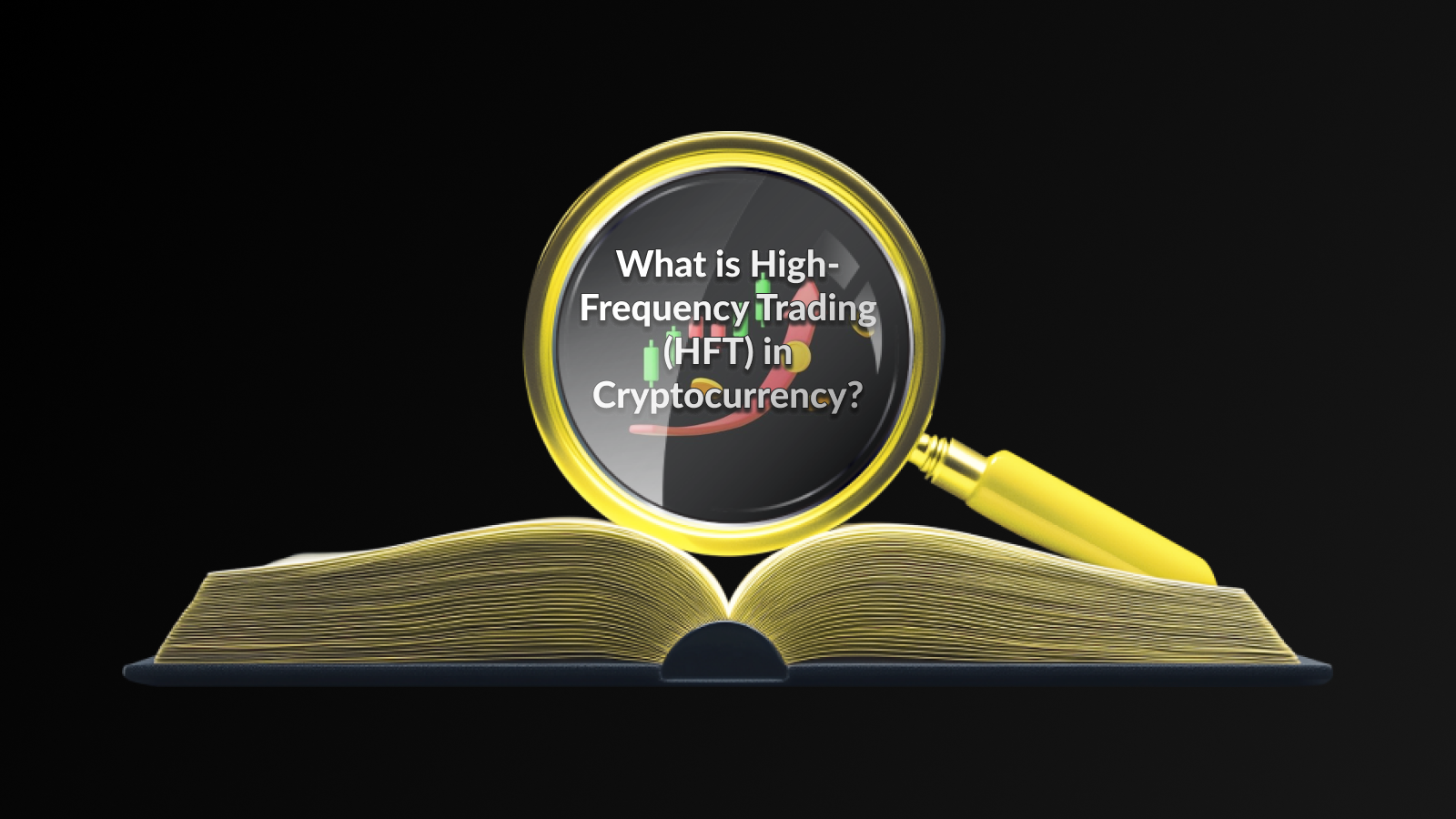Introduction
High-frequency trading (HFT) has emerged as a significant player in the landscape of cryptocurrency markets. At its core, HFT in crypto revolves around the utilization of complex algorithms to execute a large number of trades at extremely high speeds. This method capitalizes on minute price discrepancies and transitory market inefficiencies, allowing traders to capitalize on brief trading opportunities. The integration of HFT trading strategies has reshaped the way traders engage with digital currencies, making it essential for participants to understand the implications and mechanics of these practices.
In essence, crypto algorithmic trading incorporates advanced mathematical models to streamline trading processes, which can lead to enhanced profits and reduced risks. However, while HFT can offer substantial benefits, it also comes with its share of challenges, particularly in terms of market volatility and technological dependencies. As market dynamics continue to evolve, the role of HFT in the cryptocurrency world is expected to grow, further influencing trading strategies and investor behavior.
How Does High-Frequency Trading Work?
High-Frequency Trading (HFT) in cryptocurrency utilizes advanced algorithms to execute thousands of transactions at lightning speed. At its core, crypto algorithmic trading relies on sophisticated software that can analyze market conditions and execute trades based on predefined criteria. This automation allows traders to capitalize on minute price fluctuations that occur within fractions of a second.
One significant aspect of HFT is the use of HFT trading strategies that often include market making, arbitrage, and liquidity provision. Market makers provide liquidity in the crypto markets by simultaneously placing buy and sell orders, ensuring that there are always opportunities for trades. Arbitrage, on the other hand, involves taking advantage of price discrepancies between different exchanges to make profits.
Additionally, HFT systems can incorporate high-speed data feeds that provide real-time insights into market movements. This data is crucial for making informed trading decisions quickly. Traders often leverage quantitative models that interpret complex data sets, optimizing their strategies based on historical and real-time data.
Moreover, technology plays a crucial role in the success of HFT. High-speed internet connections, low-latency servers, and proximity hosting near exchange data centers are all essential elements that contribute to making HFT a viable trading method in the fast-paced world of cryptocurrencies.
Advantages and Risks of HFT in Crypto Markets
High-frequency trading (HFT) in the cryptocurrency markets offers numerous advantages that can appeal to both institutional and retail traders. One of the primary benefits is the ability to execute trades at lightning speed, enabling traders to capitalize on minute price fluctuations. This speed, facilitated by advanced HFT trading strategies, allows for the potential accumulation of profits in a very short timeframe.
Moreover, HFT provides increased liquidity to the markets, making it easier for traders to enter and exit positions without significantly affecting market prices. Enhanced liquidity often leads to narrower bid-ask spreads, allowing all participants to benefit from more favorable trading conditions.
However, the practice is not without its risks. One major concern is market volatility, which can be exacerbated by algorithmic trading strategies. These algorithms can react to market data in unexpected ways, potentially leading to sharp price movements and sudden market corrections.
Furthermore, the complexity of HFT trading strategies often means that traders require significant technical knowledge and experience to navigate this landscape successfully. Inexperienced traders may struggle to adapt, increasing their susceptibility to losses.
Regulatory scrutiny is another risk associated with HFT. As cryptocurrency markets continue to evolve, regulators are increasingly focused on the practices of high-frequency traders, aiming to ensure that their activities do not destabilize the market. This potential for regulatory changes can introduce a level of uncertainty that traders must carefully consider.
The Future of High-Frequency Trading in Crypto
The landscape of cryptocurrency trading is rapidly evolving, and high-frequency trading (HFT) is poised to play an even more significant role in the future. As technological advancements continue to reshape the crypto markets, the integration of sophisticated algorithms and machine learning models will likely enhance the efficacy of HFT trading strategies. These strategies, which rely on executing a high volume of orders at incredibly fast speeds, will benefit from improved data analytics and predictive algorithms.
Regulatory frameworks are also expected to evolve alongside HFT in the cryptocurrency space. As authorities seek to establish clearer guidelines, traders and firms engaging in crypto algorithmic trading will need to adapt to comply with new regulations. This regulatory clarity could promote wider adoption of HFT practices, encouraging institutional investors to enter the market and possibly increasing liquidity.
Moreover, the emergence of decentralized finance (DeFi) platforms might revolutionize the way HFT operates. Decentralized exchanges (DEXs) offer unique opportunities for HFT strategies, allowing traders to capitalize on price discrepancies across various trading pairs without the limitations of centralized platforms. As DEXs become more robust and user-friendly, the potential for automated trading strategies will expand significantly.
In conclusion, the future of high-frequency trading in crypto is promising, characterized by rapid technological advancements, evolving regulatory landscapes, and the potential of decentralized finance. As traders refine their HFT trading strategies, they will be better equipped to navigate the complexities and volatility of the cryptocurrency market, making HFT an integral part of the evolving trading ecosystem.
Disclaimer
This article is for informational purposes only and does not constitute financial advice. Cryptocurrency trading, especially HFT, involves significant risks. Always conduct thorough research before engaging in automated trading strategies.
Click for more Darkex education articles.





